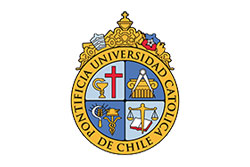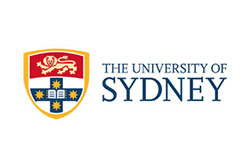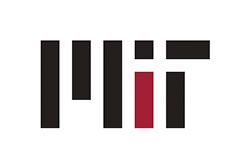In 2007 the city of Santiago, Chile implemented a new urban transit system (Transantiago), which integrated the Metro system with a redesigned bus network. The city was divided in several regions and each region was tendered and awarded to the highest bidder that fulfilled the requirements. After a very complicated start, the Government was forced to give subsidies to bus operators. Since subsidies were not contemplated in the original plan for Transantiago, it has been a long discussion between the Government, opposition politicians, and the public agencies involved whether there should be a subsidy for Transantiago and how much it should be. This paper attempts to estimate the cost function of the operators and the budget-balance fare of the system, in order to contribute technically to this discussion. The database is from several sources and includes public data from the bus operators. The authors estimate the cost function through a Cobb-Douglas function and define an aggregate demand model. Results show that there are economies of density. Once the cost function is estimated, they estimate a budget-balance fare using Ramsey pricing. Results show that this fare is higher than the actual bus fare, suggesting that subsidies are justified. Nevertheless, the authors estimate that for the current (December 2011) fare the subsidy should be 40% lower that the one determined by the Government. On the other hand, they estimate that for such level of subsidy the optimal fare should be only 50% of the current fare. Further research should consider the different levels of efficiency in the industry and the externalities generated by private car and public transport trips such as accidents, pollution, congestion, and noise in order to have a broader picture for the decision-makers.











